The bond between feline companions runs deeper than many realize. When one cat loses a companion, whether another feline friend or different pet, the surviving cat often displays profound emotional responses that mirror human grief. When a cat loses a companion, whether animal or human, she grieves and reacts to the changes in her life. While cats might express their sorrow differently than we do, their mourning behaviors reveal just how much these seemingly independent creatures value their relationships.
Understanding these grief responses can help pet owners provide better support during one of the most challenging times in a cat’s life. Let’s explore the heartbreaking yet touching ways our feline friends cope with loss.
Endless Searching and Pacing Through the House
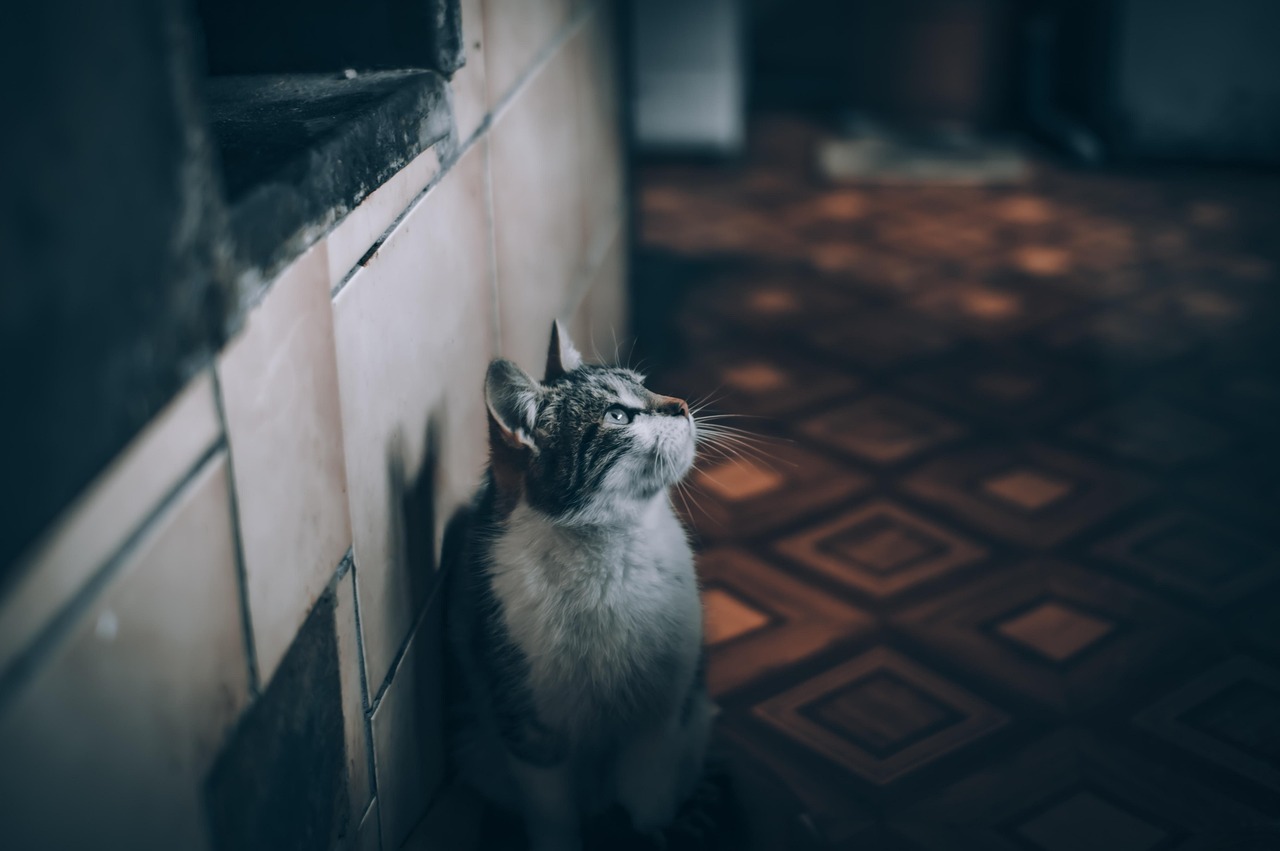
Perhaps one of the most heartbreaking behaviors is watching a grieving cat search relentlessly for their missing companion. The first is quite short and you’ll notice your cat is more vocal, pacing and searching the house. Your cat might be attempting to find the missing cat and may be seen looking out of windows or sniffing as they go from room to room. This searching behavior represents the cat’s attempt to understand what happened and locate their friend.
The searching isn’t random either. Cannoli died at home but Spike still seemed lost and confused by his absence, wandering from room to room and searching the closets. Cats often check favorite hiding spots, shared sleeping areas, and places where they used to play together. A cat may wander the home and surrounding areas for their lost companion. You may notice your cat investigating areas they have never shown interest in before, or your cat may constantly stare out the window, hoping the lost companion returns home.
Dramatic Changes in Vocalization Patterns
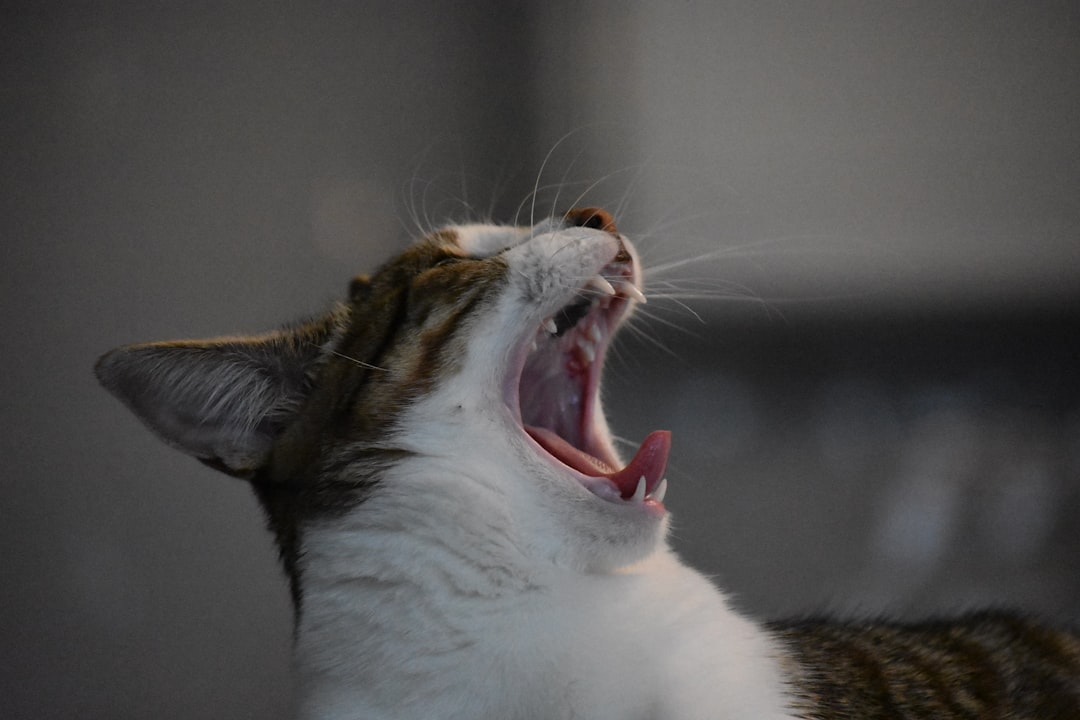
The most common sign of feline grief involves significant changes in how much and how often cats vocalize. Results of the survey revealed that most cats experienced a change in vocalizations following the death of their companion, and this sign was more common than any other physical or behavioral manifestation. Some cats become unusually chatty, while others fall silent.
About 70% of cats exhibited changes in vocal patterns; some meowed more while others were quieter than they were before their loss of a companion. The increased meowing often happens at unusual times, particularly during the night. Increased Vocalization: More frequent meows or cries could indicate a cat’s need for assurance as they process their grief. This could be their way of expressing their sadness or searching for their lost friend. The sounds they make might even seem like they’re calling out for their missing companion.
Refusing Food and Loss of Appetite
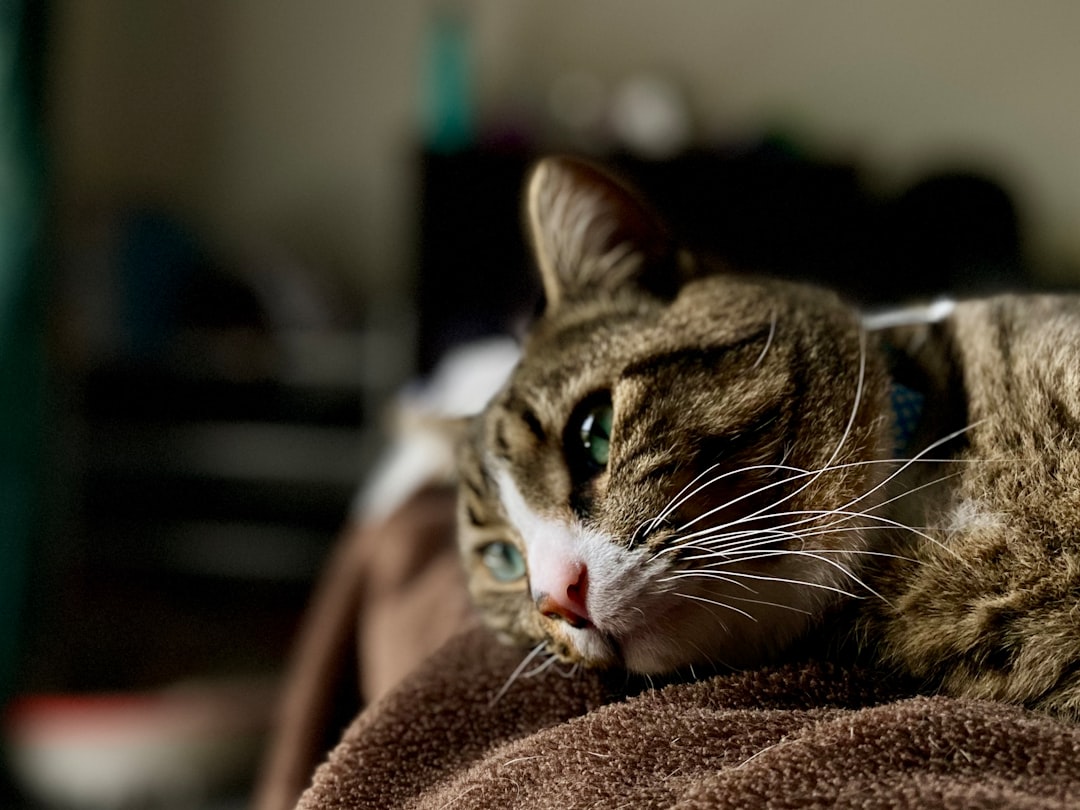
Food rejection is another significant indicator of feline mourning that requires immediate attention. 46% of cats experienced a decreased appetite following the loss of a feline companion. This isn’t just pickiness about their usual kibble – it’s a complete disinterest in eating altogether.
This behavior becomes particularly dangerous because cats can develop serious health complications when they stop eating. However, if your cat is usually a good eater and is not eating much, it may be due to grief, as 46% of mourning cats may experience a decreased appetite. Not eating can cause a life-threatening condition called hepatic lipidosis, also known as fatty liver syndrome. The emotional pain literally affects their physical well-being. While many felines experience poor appetite when they lose a loved one, it’s best to take your cat to the vet if they don’t eat for more than 24-48 hours.
Seeking Comfort Through Increased Clinginess
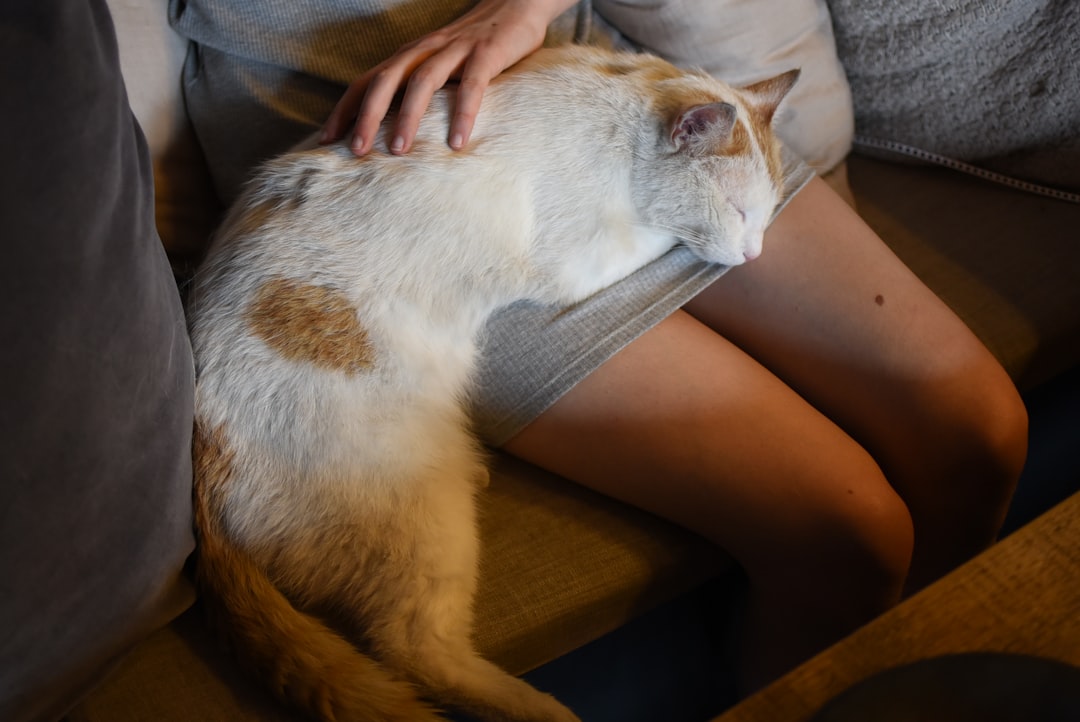
Many cats respond to loss by becoming unusually affectionate and clingy toward their human family members. Surviving cats were often more affectionate with their owners and became clingy. This behavior represents their attempt to fill the emotional void left by their departed companion.
The clinginess can manifest in various ways – following owners from room to room, demanding more attention than usual, or wanting to be petted constantly. Your cat may become clingy during the grieving process, which could lead to separation anxiety. Some cats might become more clingy when they’re grieving. If your independent cat suddenly wants to be by your side constantly, or if a usually clingy cat is even more so of late, they might be seeking comfort and reassurance. This is their way of trying to fill the void left by their lost companion.
Disrupted Sleep Patterns and Restlessness
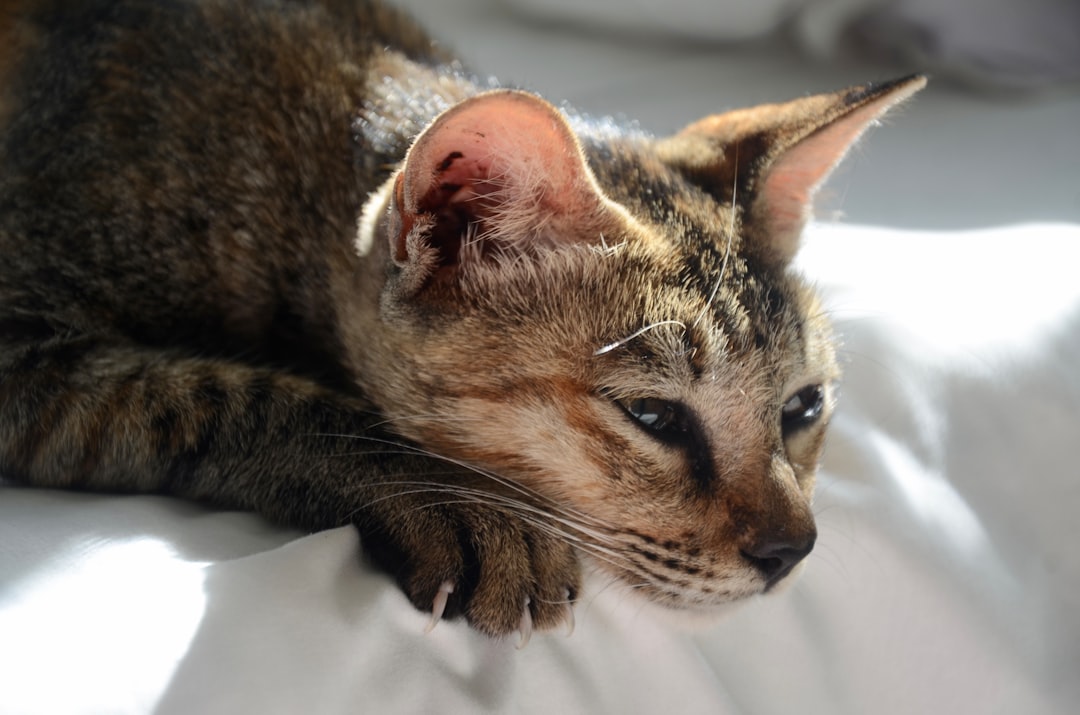
Sleep disturbances are common among grieving cats, though these changes can vary dramatically between individuals. Many cats slept more than usual while some suffered insomnia. Some cats changed the area of the house where they slept. The disruption affects not just how much they sleep, but where they choose to rest.
Altered Sleeping Patterns: Grieving cats may sleep excessively or struggle to sleep well, which can affect their overall health. Cats are known for their love of sleep, but a grieving cat might sleep even more than usual. While it’s normal for cats to sleep up to 16 hours a day, a grieving cat might find comfort in sleeping longer than usual. Some cats abandon their favorite sleeping spots entirely, especially if they previously shared these areas with their departed friend.
Hiding and Withdrawing from Social Interaction

Unlike their increased clinginess toward humans, many grieving cats withdraw from normal social activities and seek isolation. Withdrawal: Grieving cats may isolate themselves, opting for quiet spots where they feel safe. Your cat might hide or avoid human contact, preferring to stay alone as they process their feelings. This withdrawal represents their way of processing the overwhelming emotions.
The hiding behavior often involves seeking out new, unusual locations. On the contrary, your cat may hide in unusual places, such as under your bed or hiding in a room they never frequent. They may hide under the bed, choosing to be alone even more than usual for cats. This need for solitude helps them cope with their confusion and sadness in a safe, quiet environment.
Avoiding Previously Shared Favorite Spots
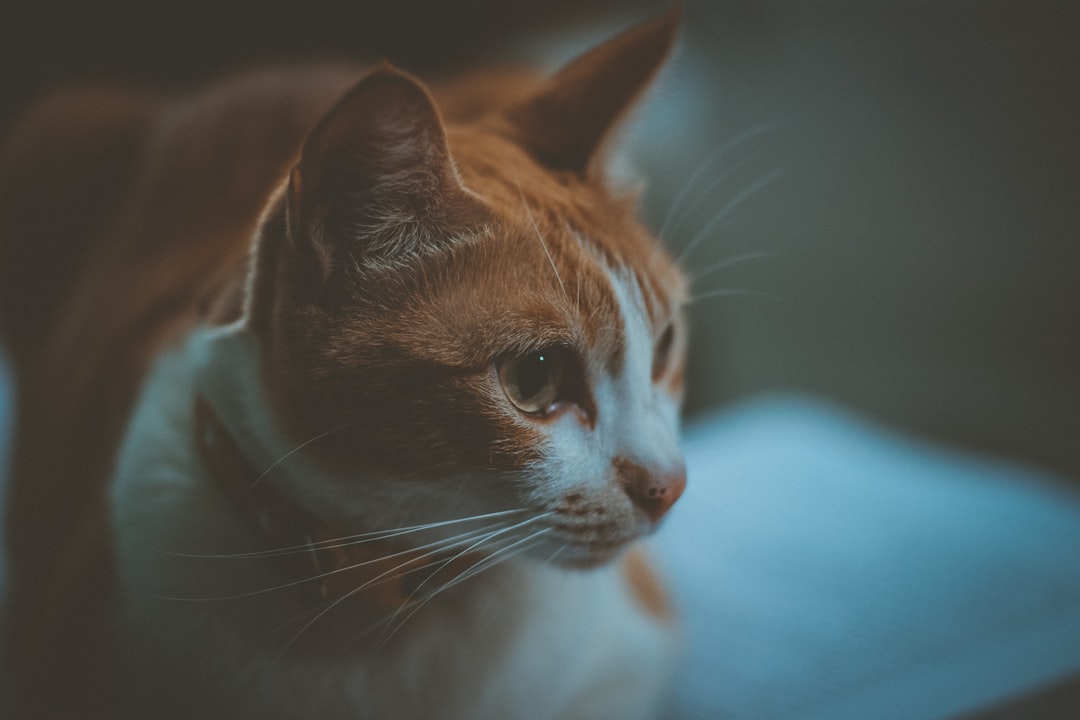
One of the most poignant grief behaviors involves cats deliberately avoiding places they once enjoyed with their companion. If your cat suddenly avoids places they once loved, it could be a sign of grief. Cats often associate certain spots with the presence of their lost companion. For instance, if they used to cuddle in a particular chair with their friend, they might avoid it now. This avoidance is a clear indicator that they’re reminded of their loss whenever they see or go near that spot.
This behavior shows how deeply cats form emotional associations with physical spaces. The sunny windowsill where they used to nap together, the favorite carpet where they played, or the cozy bed they shared – these locations become painful reminders. We had a case during which the female cat refused to use the shared cat tree plus would search/sniff every room and object that belonged to the missing cat for a week despite the strained relationship. Even cats who had conflicts with their departed companion can show this avoidance behavior.
Dramatic Activity Level Changes
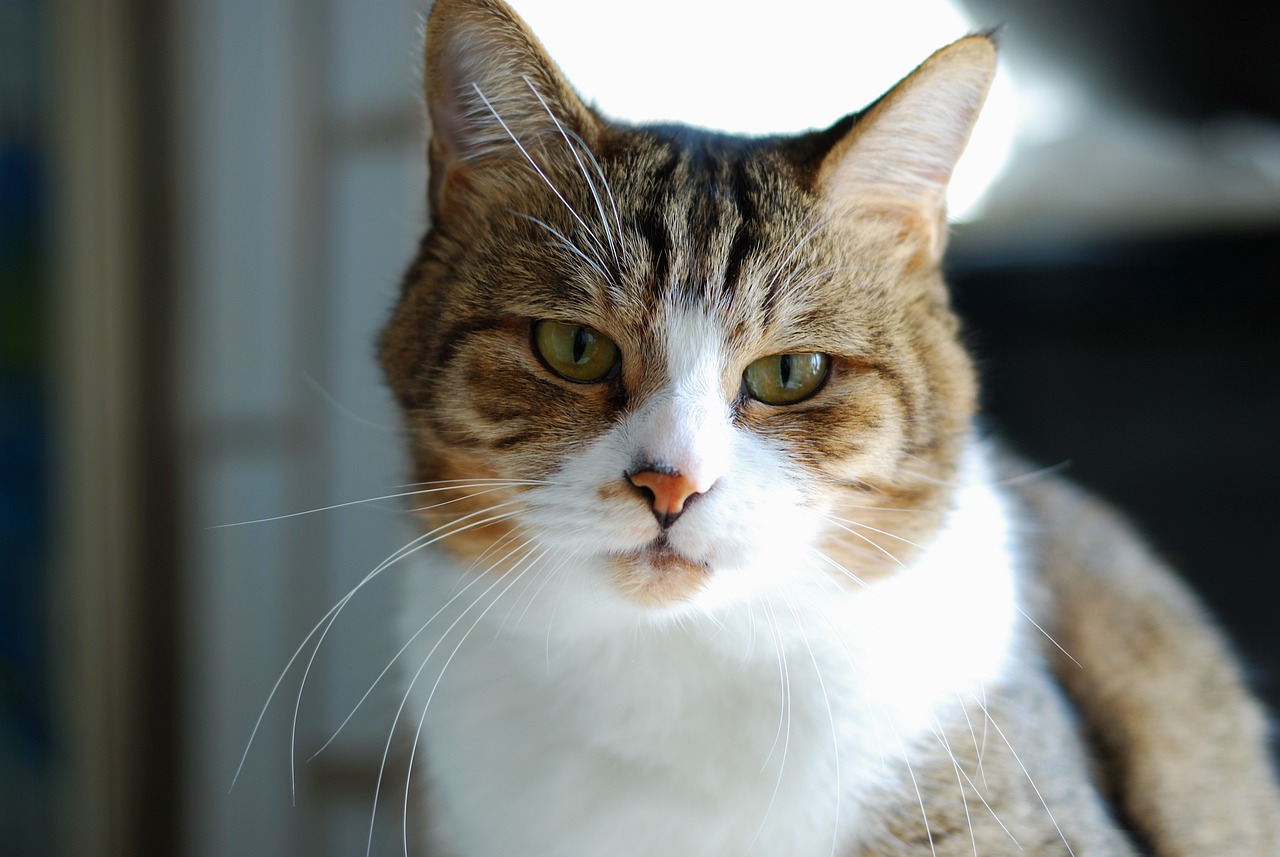
Grief can cause cats to become either unusually lethargic or hyperactive, representing opposite ends of the emotional spectrum. A grieving cat may display a decreased interest in play and become quiet. On the other hand, your cat may become overactive or hyper. The way to gauge this change in behavior is to compare your cat’s normal energy level to the energy level after losing a close companion. If you notice a change in activity levels, it’s probably due to grief.
The lethargy often resembles depression in humans – cats may seem uninterested in toys they once loved or activities that previously excited them. Lethargy: Grief can lead to reduced energy levels and increased sleep. Searching behavior: Your cat may look for their deceased sibling or appear disoriented. Conversely, some cats become restless and agitated, unable to settle down as they struggle with their emotional turmoil.
Sniffing and Investigating the Deceased Companion’s Belongings

Cats rely heavily on scent to understand their world, and they often spend considerable time investigating items that belonged to their departed companion. Cats rely heavily on scent to feel secure. Keeping items that carry the scent of the deceased cat, such as their bedding or favourite blanket, can provide comfort to the grieving cat. Gradually introduce these items to your cat to help them adjust.
This sniffing behavior serves multiple purposes in the grief process. Like many species, time spent sniffing and nuzzling the dead body of their companion may be a necessary part of the grieving process. It can therefore be helpful to bring the body of a euthanized cat home rather than have it cremated at the veterinarian’s. The scent investigation helps them process what has happened and can provide some comfort during the difficult adjustment period.
Waiting Patiently for the Companion’s Return

Perhaps the most emotionally difficult behavior to witness is when cats seem to wait expectantly for their companion to return. Since a cat may not understand death as something permanent, sometimes they will wait patiently, believing that the deceased will return. This waiting behavior demonstrates both the depth of their attachment and their inability to fully comprehend the permanence of death.
A cat knows only that its companion has disappeared. So whether cats understand what has happened or not, they know that things have changed and there is a void. The waiting might involve sitting by doors, watching windows, or maintaining vigil in spots where they used to reunite with their friend. This active but relatively short-term phase is then followed by a more passive one – a second stage where depression sets in and the cat becomes withdrawn. Some people have reported that their cats stopped searching for a deceased feline companion after being shown the body.
Conclusion

Feline grief is real, complex, and deeply personal to each cat. And they do indeed mourn. Cats alter their behavior when they mourn, much like people do. These ten emotional responses show us that cats form profound bonds with their companions and experience genuine loss when those relationships end.
Understanding these grief behaviors helps us provide better support during their healing process. Most importantly, research indicates that most pets that lost a companion were behaving normally within six months. With patience, love, and proper care, cats do recover from their losses, though the memories of their departed friends remain part of who they are.
Have you witnessed any of these heart-wrenching behaviors in your own cats? Share your experiences in the comments below – understanding feline grief helps all of us become better companions to our beloved pets.





